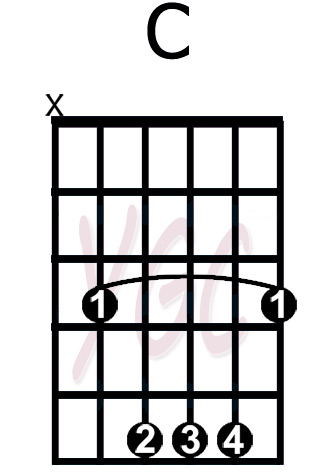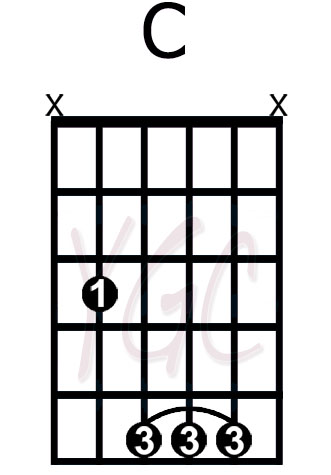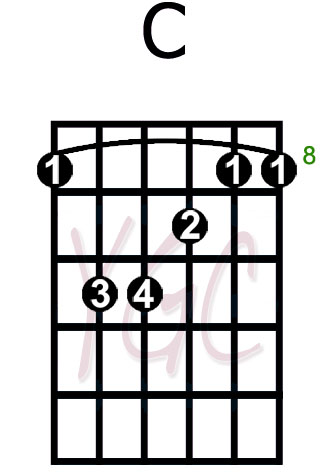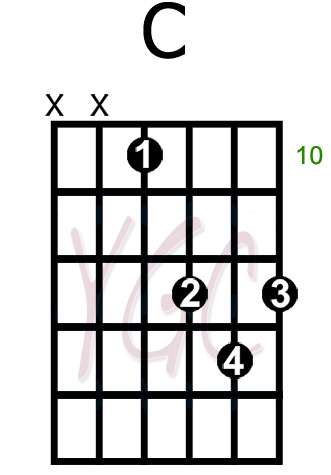May 12, 2019 by Klaus Crow
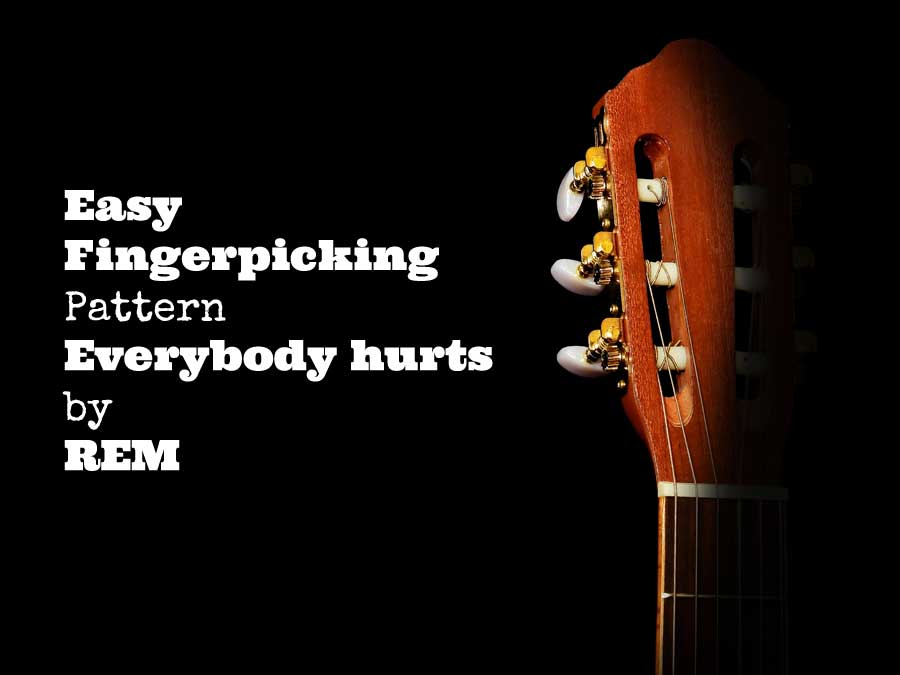
Today I’m gonna teach you a simplified guitar version of the song “Everybody Hurts” by REM. This fingering picking pattern is easier and more comfortable to play, which is great for beginners and it stills sounds great.
I’m gonna take you through it step by step, the chords, the pattern, the right fingering, finger placement, slow and in close up. The guitar lesson is divided up into 4 parts, all present in this video, to make sure the whole piece is easy to follow and understand.
Let’s dive in!
 The seventies was a time when the acoustic guitar was really shining in popular music. Although electric guitar music really made its way into the charts, there was still more than enough room for acoustic songs by great artists.
The seventies was a time when the acoustic guitar was really shining in popular music. Although electric guitar music really made its way into the charts, there was still more than enough room for acoustic songs by great artists.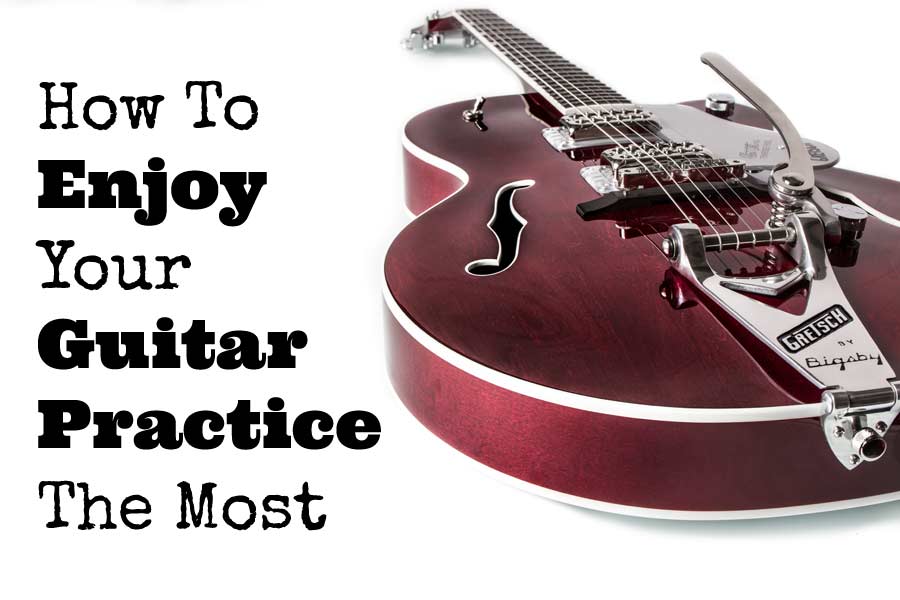 There are times when practicing is a joy and everything falls into place, but there are also times we need to discipline ourselves to practice or we need the right motivation to start practicing in the first place. This is normal, we are only human beings. Don’t beat yourself up about it.
There are times when practicing is a joy and everything falls into place, but there are also times we need to discipline ourselves to practice or we need the right motivation to start practicing in the first place. This is normal, we are only human beings. Don’t beat yourself up about it.
